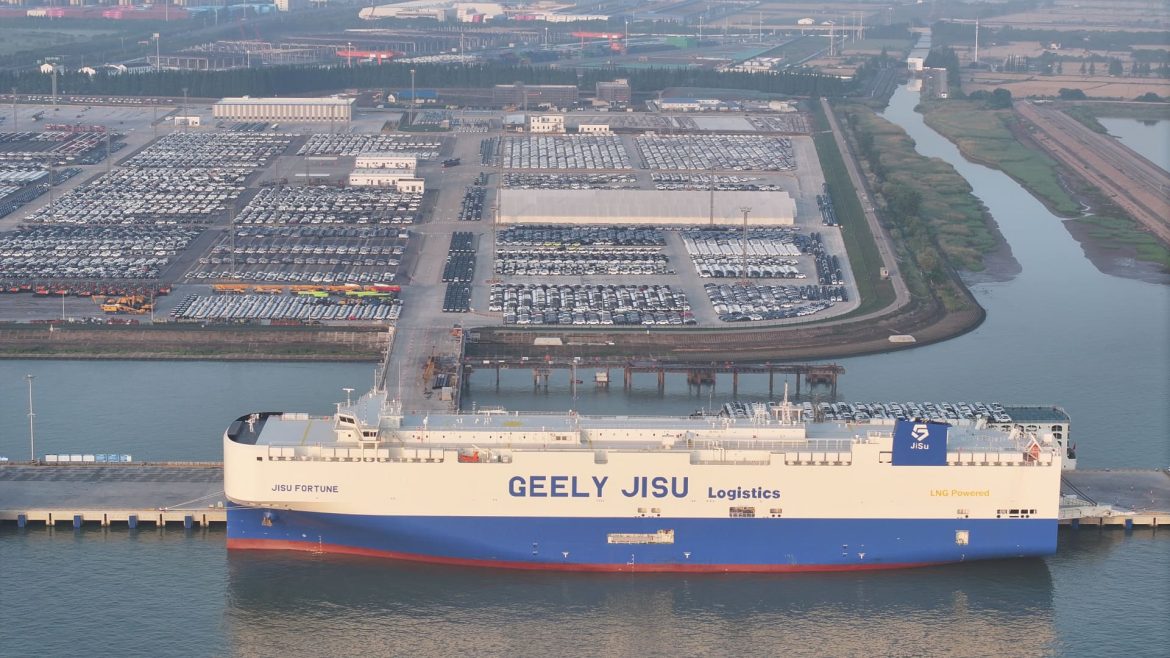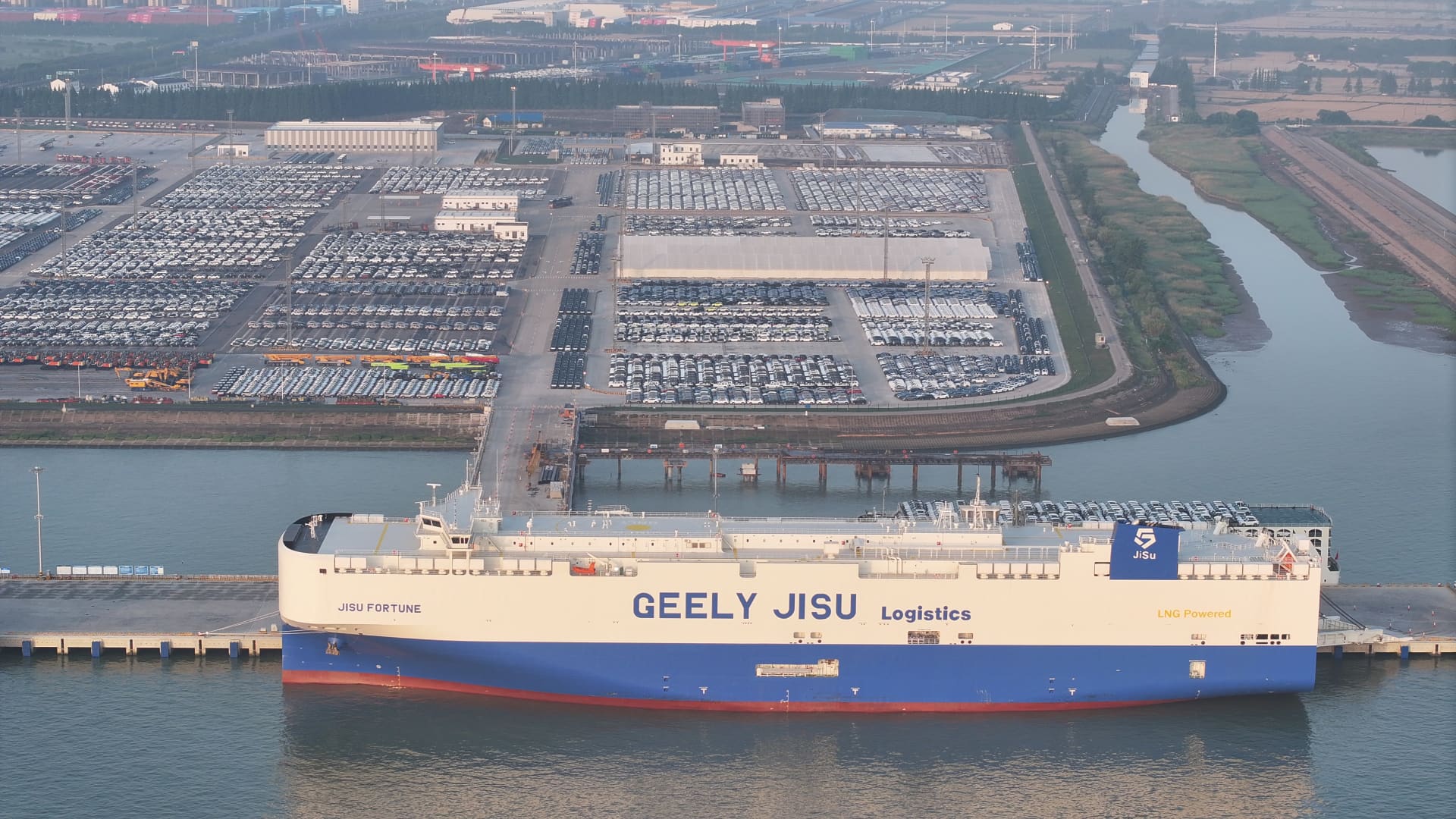Introduction
China’s trade performance in recent months has been a roller-coaster, marked by uneven export growth and a noticeable plunge in imports. Despite moments of surprising resilience, the broader landscape reflects the ongoing impact of U.S. tariffs, trade uncertainties, and weakening domestic consumption. This report delves into the latest data and developments, offering a nuanced understanding of the forces shaping China’s external trade and what they might mean for the global economy.
The Export Story: Between Resilience and Slowdown
Export Growth Misses Expectations in May
Data from May reveal that China’s export growth slowed down, falling short of economists’ forecasts. Exports rose by 4.8% year-on-year to $316 billion, but this was below the median forecast of 6%. This slowdown highlights the continuing strain on China’s manufacturing and trade sectors, primarily influenced by persistent uncertainties related to U.S. tariffs and trade tensions.
The backdrop is a recent preliminary trade truce between the U.S. and China, which saw a rollback of many tariffs. This truce prompted a front-loading of shipments in some cases, inflating export figures temporarily. However, the underlying challenges remain unresolved, with exports to the U.S. particularly hampered, demonstrating the trade conflict’s lingering effect on demand.
Contrasts with April’s Performance
April had painted a more optimistic picture — exports surged by 8.1% year-on-year, surpassing market expectations amid a temporary tariff relief. This surge was partly driven by businesses rushing to ship goods before tariff increases took full effect, as well as strong global demand for certain materials.
Nevertheless, even then, exports to the U.S. fell, albeit less dramatically than in May, signaling that despite brief reprieves, the tariff war exerts downward pressure on Sino-American trade volumes.
Shifting Export Destinations
Interestingly, while exports to the U.S. have been declining, China’s shipments to Southeast Asian countries and other markets have surged. This suggests a degree of strategic reorientation or transshipment practices, where goods flow through third countries to bypass tariffs. Such patterns complicate the picture of China’s export resilience, implying both adaptability and structural challenges in trade networks.
Imports: Weak Consumption and Steep Declines
Alongside export woes, Chinese imports have shown marked weakness. In May, imports plunged 3.4% year-on-year, a much sharper fall than anticipated. This contraction reflects subdued domestic demand and weaker consumer confidence, which is critical as China seeks to balance export-led growth with boosting internal consumption.
The decline in imports also corroborates broader concerns about the strength of China’s economic recovery post-pandemic, compounded by geopolitical uncertainties and stricter controls on key materials exports from China.
The Trade War’s Lingering Influence
Tariff Impacts on Sino-U.S. Trade
The trade war initiated under former U.S. President Donald Trump introduced tariffs exceeding 100% on certain Chinese products, significantly disrupting trade flows. Even with recent tariff reductions ranging from 145% to 80% on some items following negotiation talks, the full resolution remains elusive.
The tariffs have led to a marked plunge in China’s exports to the U.S. since 2020, with some forecasts warning of possible product shortages in the American market. Retailers face higher costs importing Chinese goods, which disrupts supply chains and dampens consumer availability.
Strategic Responses and Trade Realignments
China’s imposition of export controls on metals starting August 1 further escalated tensions, provoking concerns about supply constraints in global industries reliant on these materials.
Meanwhile, China’s efforts to boost exports to alternative markets and possibly engage in transshipment tactics indicate attempts to mitigate tariff impacts. However, these are stopgap measures that cannot fully offset the loss of direct access to the U.S. market.
Economic Implications and Outlook
Mixed Signals on China’s Economic Momentum
China’s economy showed promising growth in the first quarter of 2025, with a 5.4% year-on-year increase in real GDP surpassing expectations. Yet the trade data raise questions about the sustainability of this momentum. Slowing exports and plunging imports suggest pressures are mounting from external trade frictions and weak internal consumption.
Potential for Policy Adjustments
The temporary trade truce and tariff adjustments hint at ongoing negotiations and room for improvement in trade relations. However, the complexity of geopolitical tensions and structural economic shifts means volatility is likely to persist.
China’s policymakers face the challenge of stimulating domestic demand to compensate for export headwinds, while also navigating a fragile international trade environment.
Conclusion: Navigating Challenges Ahead
China’s trade data for May shines a spotlight on the fragile balancing act the country faces. Export growth has lost some steam despite brief tariff reliefs, weighed down by crawling demand from the U.S. amid continuing trade tensions. The sharp import declines underscore weak domestic consumption and economic uncertainty.
While China shows resilience by shifting trade routes and markets, these are largely tactical responses to a fundamentally altered landscape. The coming months will test China’s ability to sustain growth amid geopolitical complexities and evolving global trade dynamics. For businesses and policymakers worldwide, understanding these subtle shifts is crucial as the ripple effects reach far beyond China’s borders.





